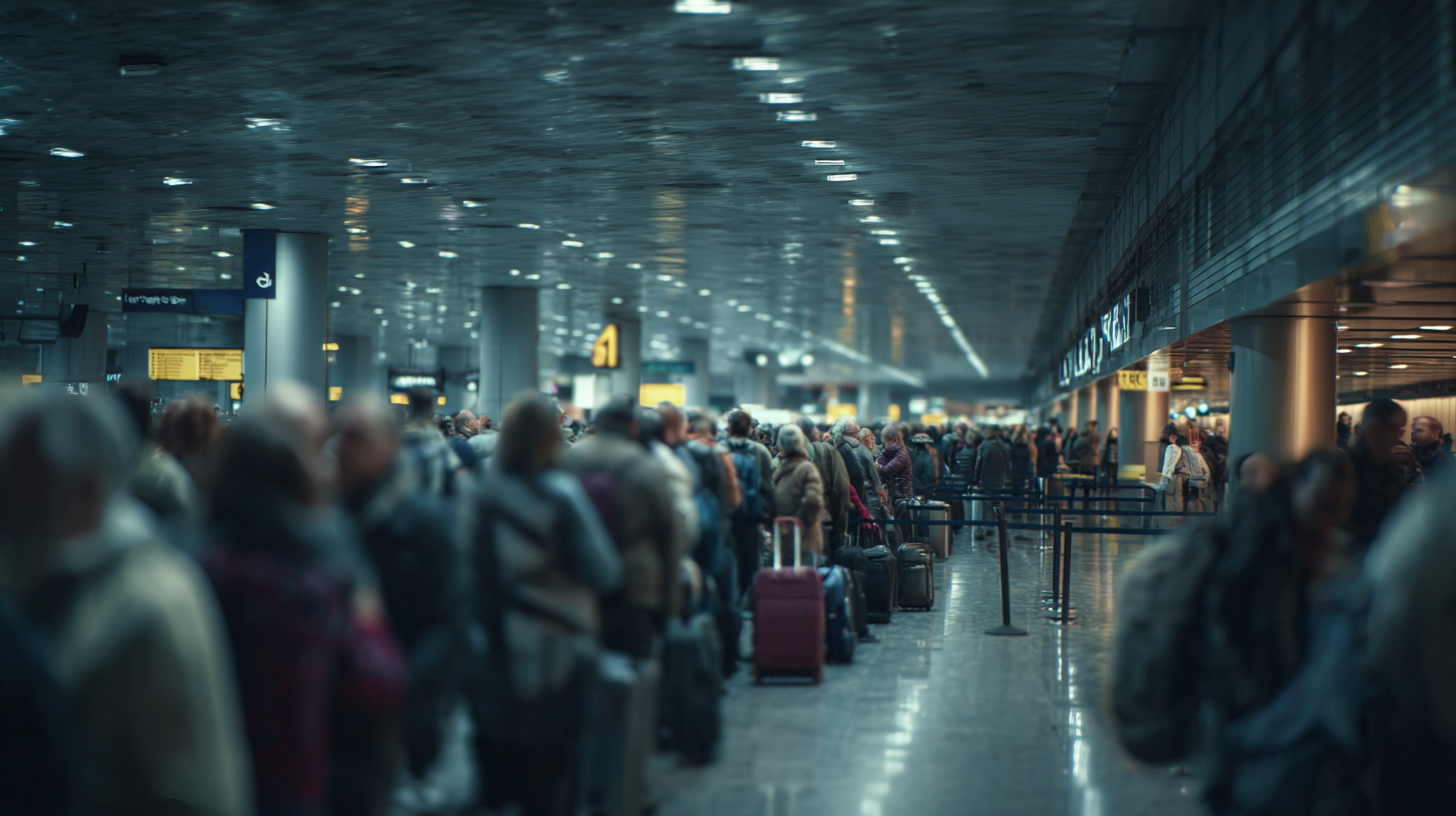Skiplagging Crackdown: What Frequent Flyers Should Know
Skiplagging—also called hidden-city ticketing—has been drawing lots of attention as we move deeper into 2025. I’ve noticed a growing number of travelers discussing how they book multi-leg flights and exit mid-journey to save money. While the concept itself isn’t new, I can easily see why it’s stirring up fresh controversies as airlines upgrade their systems to detect these ticketing tactics more aggressively.
What Is Skiplagging?

At its core, skiplagging takes advantage of airfare pricing structures where multi-leg flights can cost less than direct routes. Picture this: You find a flight from Chicago to New York via Dallas that’s cheaper than a nonstop to Dallas. If you only need to get to Dallas, you step off the plane during the layover. I’ve heard stories from frequent flyers who say they’ve regularly saved hundreds of dollars this way, though it’s definitely not a stress-free approach.
Based on a 2024 industry report from Travel Insights Weekly, an estimated 10% of budget-conscious travelers have tried hidden-city ticketing at least once, hoping to reduce airfare costs. Some online platforms, like Skiplagged, showcase these opportunities to shave off anywhere from 10% to 50% of regular airfare prices. From personal observation, however, the more people try this, the more attention airlines pay, and that’s where the problems start multiplying.
I’ve personally followed countless threads where travelers debate whether the theoretical savings are worth the added complexities. Remember, if your itinerary changes or if you check a bag that automatically moves to the final destination, you can be left scrambling. That’s why some see skiplagging not as a money-saving trick, but as gambling on the airline’s pricing quirks—and it might be a bet that doesn’t always pay off.
Why Airlines Disapprove

Airlines argue that skiplagging breaches their contractual conditions, leading to revenue losses and potential logistical nightmares. From their perspective, an unoccupied seat on that final leg is a seat they could’ve sold to another paying customer. Whether or not you agree with their stance, it’s clear that major carriers—especially American Airlines and United—have a financial incentive to dissuade travelers from taking advantage of hidden-city pricing.
In my own observations, airlines have ramped up sophisticated data analytics to track repeat offenders, and in extreme cases, they’ve filed lawsuits. One well-documented case involved an airline challenging an OTA (Online Travel Agency) for promoting hidden-city flights. While that lawsuit gained media attention a couple of years ago, the message was clear: The carriers are serious about enforcing their policies.
There’s also the issue of mileage programs. I’ve come across travelers who lost frequent flyer points or even faced a ban when caught skiplagging. According to a 2024 consumer survey, around 12% of respondents admitted they received warnings from airlines about policy violations. The cost of voluntarily giving up repeat flyer miles could far outweigh any one-trip discount.
Potential Savings, But Real Risks

I totally understand the appeal of saving a quick buck—especially with flight prices generally on the rise each year. However, the more I dig into actual experiences, the more cautionary tales I uncover. Some folks try to minimize risks by booking one-way tickets and traveling with carry-on only, but even then, unexpected flight delays and reroutes can derail the entire plan. If you’re traveling internationally, the risks balloon even more.
A recent study by the World Travel & Tourism Council in late 2024 indicated that the average traveler who attempts hidden-city ticketing could save around $120 per ticket, but the stress and complications can be just as significant. Again, from stories I’ve read, once an airline suspects consistent manipulative booking behavior, you’re flagged system-wide—meaning your future travel might be under heavy scrutiny.
In this era of AI-driven data matching, any irregular patterns tend to stand out. Airlines look for repeat no-shows on the final leg and sudden spikes in one-way itineraries. A single large penalty could eat into any short-term discounts you collected along the way. I can see why many experts recommend caution; one misstep can become a prolonged issue, particularly if you rely heavily on that airline’s loyalty program.
Advice for Savvy Flyers

If you’re looking to legitimately cut costs, there are more reliable avenues. I’ve seen folks leverage fare alerts, credit card points, and targeted loyalty program promotions to secure airfare deals. Depending on the season and the route, signing up for newsletters or following certain travel blogs can unlock promotions that match or even beat complex skiplagging “savings.”
Another tip that I keep coming across is to book in advance if your plans are set. Last-minute flights often spike in price—unless you’re willing to gamble on deal-hunting. I’ve also personally used flexible date searches to find cheaper flights during off-peak days. More often than not, shifting your trip by a day or two can lead to a noticeable price drop without any contractual violations.
And let’s not forget about redeeming frequent flyer miles on off-peak days. With a bit of planning, you might score an upgrade or heavily discounted ticket. It’s also important to stay vigilant for flash sales. Airlines periodically slash fares to fill seats, and if you’re quick to jump on the opportunity, you could nab a deal that rivals what hidden-city ticketing might offer—minus the headaches and the risks.
Final Thoughts

Skiplagging remains a polarizing topic, especially now in 2025, as airline revenue margins tighten and developments in technology make it easier to track passenger movements. The potential cost savings can look very attractive until you peel back the layers of potential drawbacks: canceled itineraries, lost loyalty points, stranded bags, or even legal consequences.
From all that I’ve gathered, the safest bet still lies in transparency and compliance with your airline’s ticketing policies. After all, a short-term win can easily morph into a long-term hassle if hidden-city ticketing triggers a ban or adds undue complexity to your trip. By weighing all options—from fare alerts to off-peak tags—you could avoid the perils while still keeping your wallet happy.
Sky Skylar’s Take
I’ve studied countless traveler stories where everything went smoothly for hidden-city journeys—until that one time it didn’t. Hopefully, by sharing what I’ve learned through reading every travel hack under the sun, I can help others see the big picture: It’s not just about how much you’ll save, but what risks you’re prepared to take.
No one wants to be left high and dry at an unexpected airport, scrambling for the next flight because you got flagged for skiplagging. A bit of foresight and research can spare you those headaches. Ultimately, we each have to decide how much we’re willing to stake on saving a few bucks.
BoardingArea is where to turn for the latest travel news, insights, and tips.
- If you’re curious about which airlines will lead the pack in the coming years, check out The Best U.S. Airlines: A Comprehensive Analysis for 2025 and Beyond for an in-depth look at the top contenders.
- Discover how you can enjoy a complimentary flight with Getting a Free Flight with United’s Excursionist Perk and make the most of your United Airlines travel experience.
- Find out if spontaneity pays off with Frontier’s GoWild! Annual Pass: Worth the Spontaneity? and see if it’s the right fit for your travel style.
- Stay informed about the latest ID requirements by reading REAL ID 2025: What Frequent Flyers Should Know, ensuring smooth travels in the year ahead.
- Keep an eye on Top Frequent Flyer Programs to Watch in 2025 to see which programs might offer the best rewards for your travel loyalty in 2025.






























